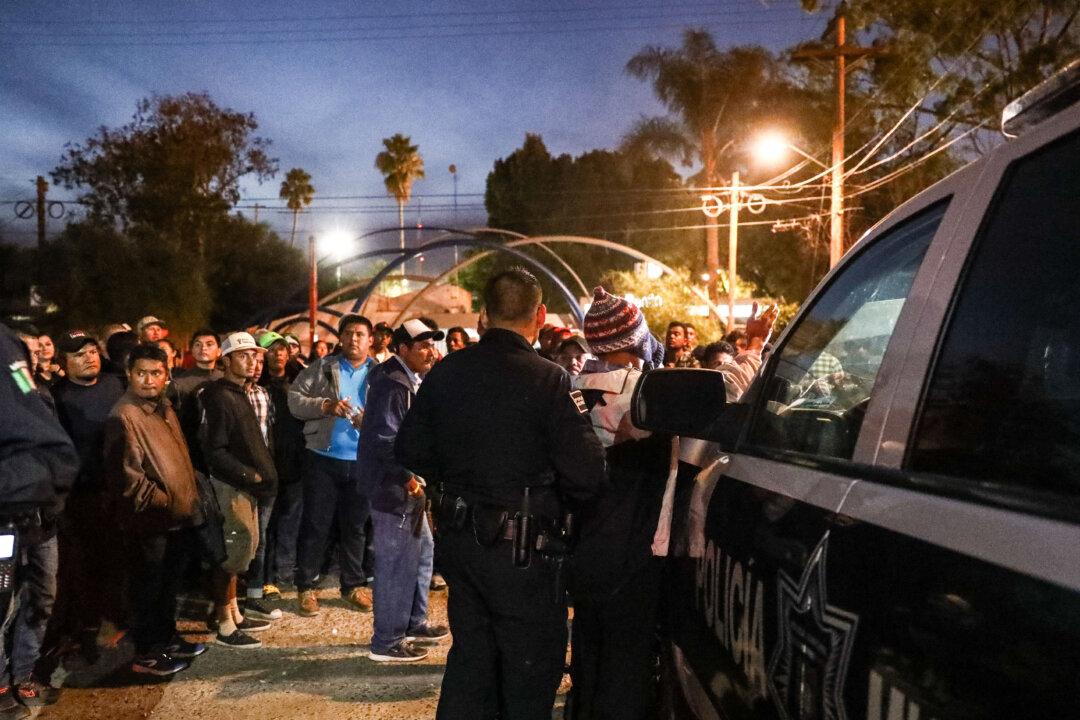TIJUANA, Mexico—Top officials in the Mexican border city of Tijuana are concerned they may be overwhelmed by thousands of Central American migrants who have gathered here in the past week with the express purpose of crossing into the United States.
About 2,500 migrants are currently camped out in a local sports complex, as well as several hundred others in shelters dotted around the city. The U.S. Department of Homeland Security (DHS) said that there were 6,000 migrants in Tijuana on Nov. 19.





